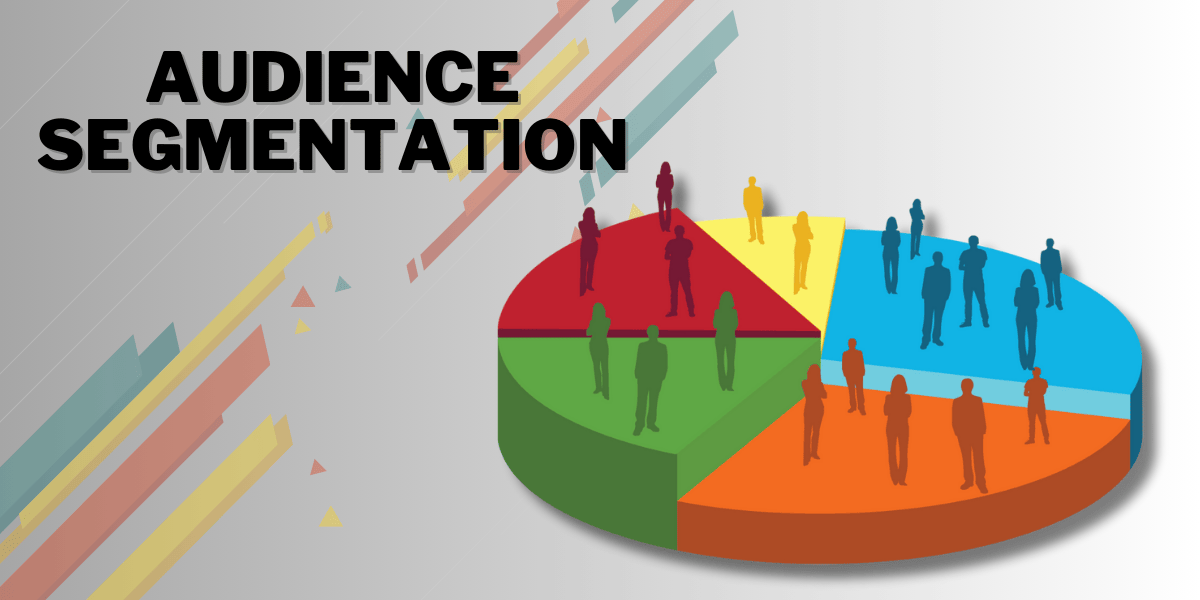Maximizing Local Business Impact: Harnessing the Power of Paid Social Media

Establishing a robust online presence is essential for any local business striving to thrive in a competitive market. While social media platforms offer incredible opportunities for organic reach, the landscape has evolved, making paid social media an indispensable tool for businesses aiming to expand their reach and engagement with local audiences.
For local businesses, harnessing the potential of paid social media can be a game-changer in reaching and engaging with their target audience. Paid social media provides an opportunity for businesses to reach a highly targeted audience, increase brand awareness, drive traffic to their website, and ultimately, boost their sales.
From Facebook and Instagram to LinkedIn and Twitter, there are numerous social media platforms that offer paid advertising options to businesses. Maximizing the impact of paid social media requires a strategic approach that aligns with the business’s goals and objectives. This may involve creating compelling ad content, targeting the right audience, and optimizing ad performance through data analysis and A/B testing.
In this article, we will explore the various ways local businesses can leverage the power of paid social media to maximize their impact. From understanding the different advertising options available to best practices for creating effective ad campaigns, we will delve into the strategies that can help local businesses thrive in the digital landscape.


Social media platforms have transformed from mere networking sites to powerful marketing tools. For local businesses, these platforms present an opportunity to engage with a targeted audience, build brand awareness, and drive sales. However, the organic reach on these platforms has declined over time due to algorithm changes, making it harder for businesses to connect with their audience without a strategic approach.
Boost Your Business with New AI Trends – Get a Free Strategy Session Today
Paid social media has emerged as a game-changer, offering precise targeting options that allow businesses to reach potential customers based on demographics, interests, behaviors, and location. This level of specificity enables local businesses to focus their efforts on engaging with individuals within their vicinity who are more likely to convert.
Targeted Reach and Localized Engagement


Paid social media campaigns offer unparalleled precision in audience targeting. For local businesses, this means the ability to focus advertising efforts on specific demographics, interests, behaviors, and, crucially, geographic locations. This targeting capability ensures that promotional content reaches the right people at the right time, maximizing the chances of conversions and foot traffic for brick-and-mortar establishments.
Amplified Brand Awareness and Credibility


Consistency in visibility is key to building brand recognition. Through paid campaigns, local businesses can maintain a regular presence in their community’s social media feeds, reinforcing brand identity and trust. A local coffee shop or boutique, for instance, can establish itself as a familiar and reliable option by consistently appearing on the screens of potential customers within its vicinity.
Cost-Effectiveness and Performance Tracking
![]()
![]()
Compared to traditional advertising, paid social media often offers a higher return on investment. Businesses can set specific budgets, monitor key performance metrics in real time, and make data-driven adjustments on the fly. This flexibility allows for a more efficient allocation of resources, ensuring that every dollar spent contributes to tangible results.
Engaging and Conversion-Driven Content


Engaging content lies at the heart of successful social media campaigns. By using paid promotions, businesses can ensure that their most compelling and conversion-oriented content—whether it’s a promotional offer, a behind-the-scenes glimpse, or customer testimonials—reaches the intended audience, maximizing the chances of interaction and conversion.
Define Clear Objectives and Metrics
Begin by outlining specific, measurable, achievable, relevant, and time-bound (SMART) objectives for your campaigns. Whether it’s driving store visits, increasing online sales, or generating leads, having a clear roadmap ensures that efforts are aligned with desired outcomes. Simultaneously, identify the key performance indicators (KPIs) that will be used to measure success, such as click-through rates, conversions, or engagement metrics.
Audience Segmentation and Targeting


Leverage the robust targeting tools provided by social media platforms to define and segment your audience. For local businesses, geography is often a critical parameter. However, consider other demographics, interests, and behaviors that align with your customer profile. Experiment with different targeting parameters to refine your audience and ensure your content reaches the most receptive individuals.
Compelling Content Creation
Create content that resonates with your local audience. Craft messages that speak directly to their needs, desires, and pain points. Visual content, such as images and videos, can be particularly impactful in capturing attention and conveying messages effectively. Ensure that your content aligns with your brand voice and values while being tailored to each platform’s nuances.
Budget Allocation and Campaign Management
Set a realistic budget based on your objectives and the estimated cost per desired action (e.g., cost per click, cost per thousand impressions). Allocate funds strategically across various campaigns, ad sets, or platforms. Regularly monitor and adjust budgets based on campaign performance, reallocating resources to high-performing campaigns or making necessary tweaks to underperforming ones.
Continuous Monitoring, Analysis, and Optimization


Data is the backbone of successful social media campaigns. Regularly analyze campaign performance using platform analytics or third-party tools. Identify patterns, trends, and areas for improvement. Test different ad formats, messaging strategies, or audience segments to optimize performance continuously. Adapt strategies based on the insights gained, remaining agile in response to changes in user behavior or platform algorithms.
Ready to Discuss Your Project? Chat With Our Marketing Team
Platform-Specific Strategies for Social Media Success























